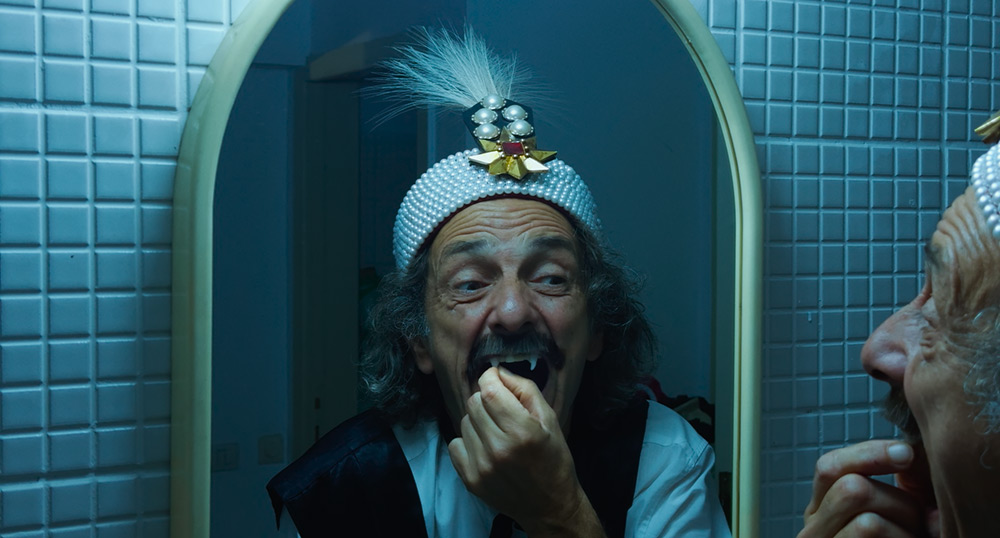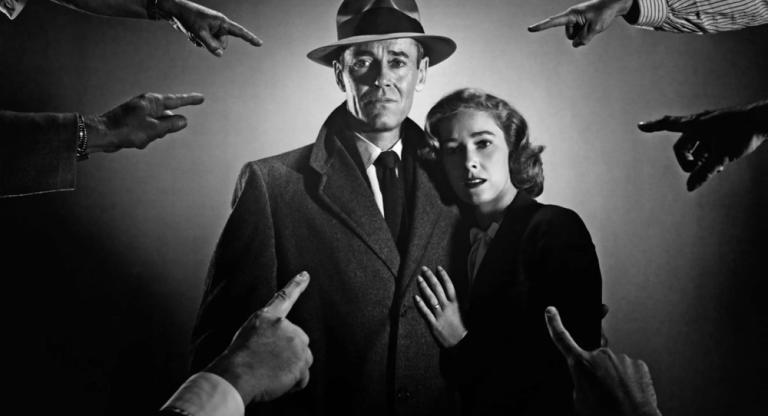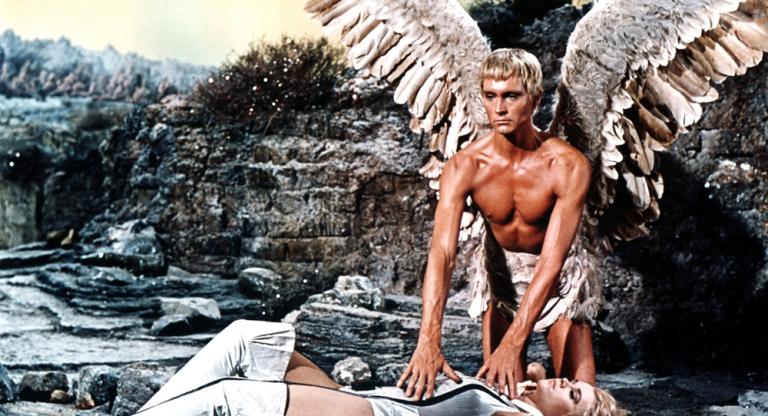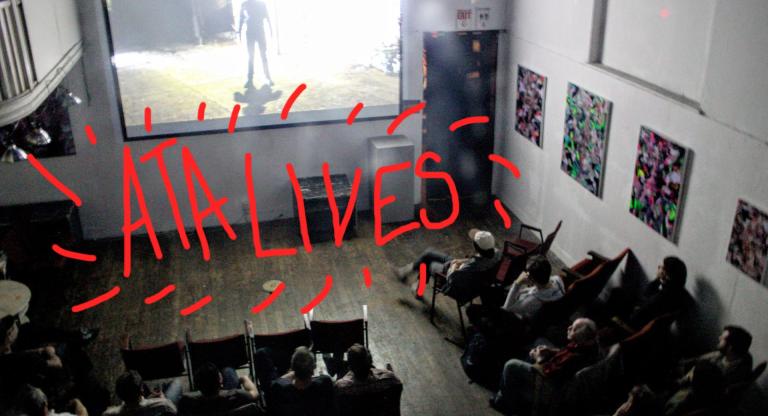For the past few years, critic and scholar Kevin B. Lee has convened an academic conference alongside the Locarno Film Festival under his aegis as “Professor for the Future of Cinema.” This year’s gathering dealt largely with the beguiling capabilities of AI, featuring talks and presentations by Radu Jude, Antonio Somaini, Verena Paravel, Donatella Della Ratta and others. In a program curated by Greg de Cuir Jr., artist Igor Samic presented a video that opened with a quote attributed to Simone Weil: “Attention is the rarest and purest form of generosity.”
I found myself reflecting on this line over the course of my festival viewing, as my mind sometimes drifted towards global crises, the oppressiveness of the heat, or whatever spin on pasta might constitute my next meal. My attention span, once hungry for the most demanding cinematic experiences, seems to have waned in inverse proportion to the rise of slow cinema as the aesthetic du jour. Meandering, elliptical, languorous: these are the adjectives one can expect to ascribe to 3/5 premieres at a major film festival, in direct contrast with the entropy we’re experiencing in the world at large.
That’s an observation, not necessarily a judgement—and an admission of my own shortcomings. When I brought my drifting mind back to the screen, I was often rewarded, as during the three hour runtime of Georgian filmmaker Alexandre Koberidze’s Dry Leaf (2025), a standout among the most languorous titles. The film follows Koberidze’s widely admired What Do We See When We Look at the Sky? (2021) and tells the story of a man searching for his 28-year-old runaway daughter across small-town football fields. Shot on a 2008 Sony Ericsson flip phone, its pixelated quality renders the landscape in soft, shifting patchworks of light. The episodic nature of the road film allows for its details to accumulate gradually, like objects emerging on the horizon.
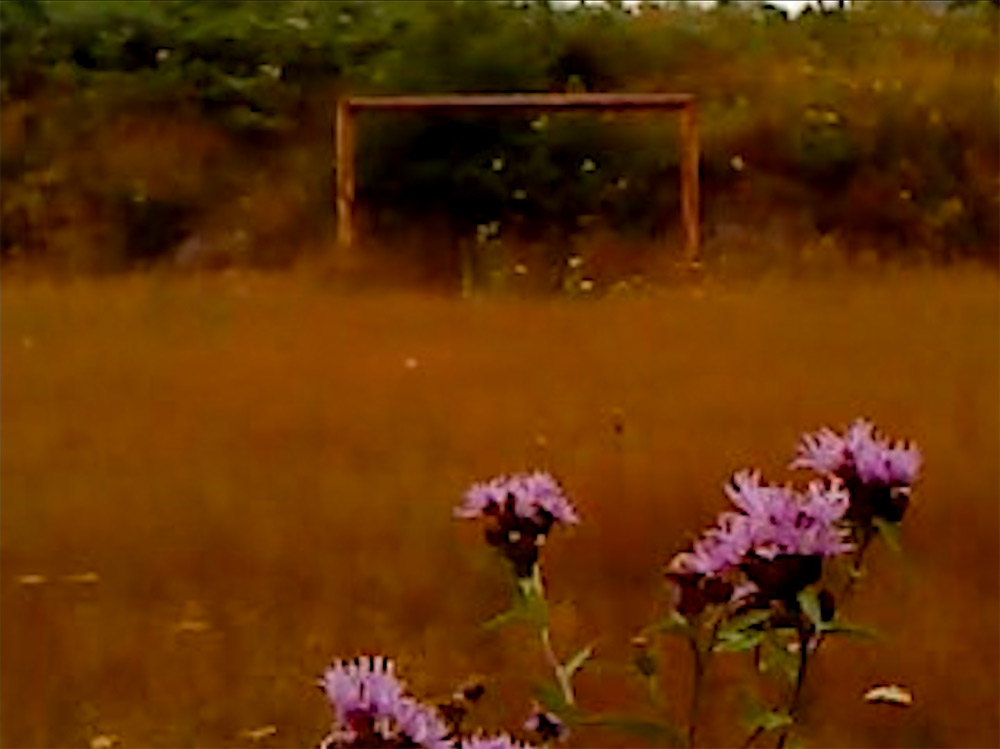
In International Competition-opener Kamal Aljafari’s With Hasan in Gaza, another road trip takes the filmmaker through the Gaza Strip circa 2001 in search of a friend he met while in an Israeli prison. The film is constructed from MiniDV tapes Aljafari shot two decades ago and then forgot about; he chose to preserve the in-camera edit and added only reflective on-screen text narration and a score by Simon Fisher Turner—whose contribution to Derek Jarman’s dirge-like Blue (1993) finds resonance here—and Attila Faravelli. Hasan, a local guide, leads him through a landscape marked by soldiers and ruins but also by children, fruit vendors, and families living ordinary lives. Twenty-four years later, we watch with the knowledge that, even amid the occupation and violence of the Second Intifada, they are enacting a routine now made impossible, in a place which has been utterly destroyed. This temporal dissonance was violently underlined by a subsequent viewing of Abbas Fahdel’s Tales from the Wounded Land (2025), yet another road trip, this one charting Israel’s destruction of southern Lebanon. At one point in Fahdel’s film, which jumps back and forth in time before and after the 2025 ceasefire, we see a baker at work onscreen and then text informing us he was killed by the Israelis four months later.
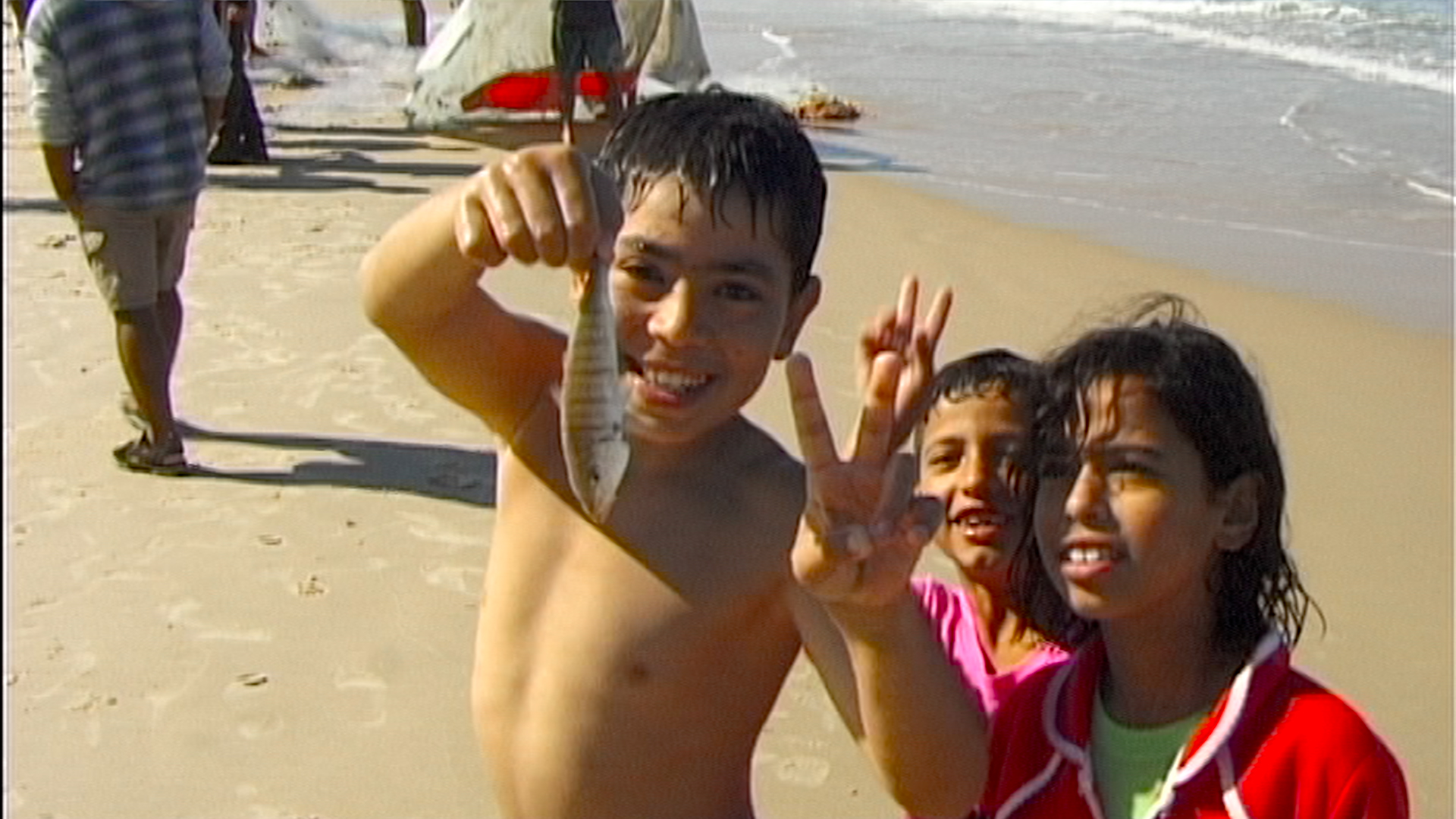
As if feeding on contemporary horrors and spitting them out in a 360° spray of bawdy humor, grotesque imagery, and cinematic and historical references, Radu Jude’s Dracula (2025, pictured at top) wins the prize for Locarno’s most unapologetically maximalist entry. Jude constructs the film around the character of a filmmaker who’s financially committed to making an adaptation about Dracula and turns to AI when stumped for ideas. One continuous tale about a cabaret Nosferatu’s nightly performance in a rundown club is interspersed with over a dozen others conceived in Scheherazade-fashion by Jude’s quippy custom AI. (Real AI, used in the film to crudely animate sequences too expensive to shoot, wouldn’t entertain Jude’s pornographic scenarios and even threatened to report him, the filmmaker shared during his conference talk). It's a profoundly irreverent and unwieldy assemblage of ideas that, as the filmmaker’s proxy jokes, perhaps should’ve been called Frankenstein, but pays tribute to each of the prominent Dracula adaptations in turn—most memorably Murnau’s, whose footage is repurposed into a series of ads for male sexual enhancement. Jude’s dense world of references—from Woody Allen B-sides to Romanian politics—is unlikely to cohere for any single viewer, though there’s enough engaging and distracting material that it hardly matters. Why worry about catching a nod to Fluxus when you’re wrapped up in the drama of a farmer discovering that his anticipated corn harvest has instead yielded a field of penises? Unabashed in its phallic excess, the film begins with a chorus of dimestore Draculas proclaiming, “I am Vlad the Impaler, suck my cock,” and sustains that register for nearly three hours. Surprisingly, I learned more about the real Vlad Dracul, who indeed impaled his enemies’ bodies on spikes, than from any other Dracula film.
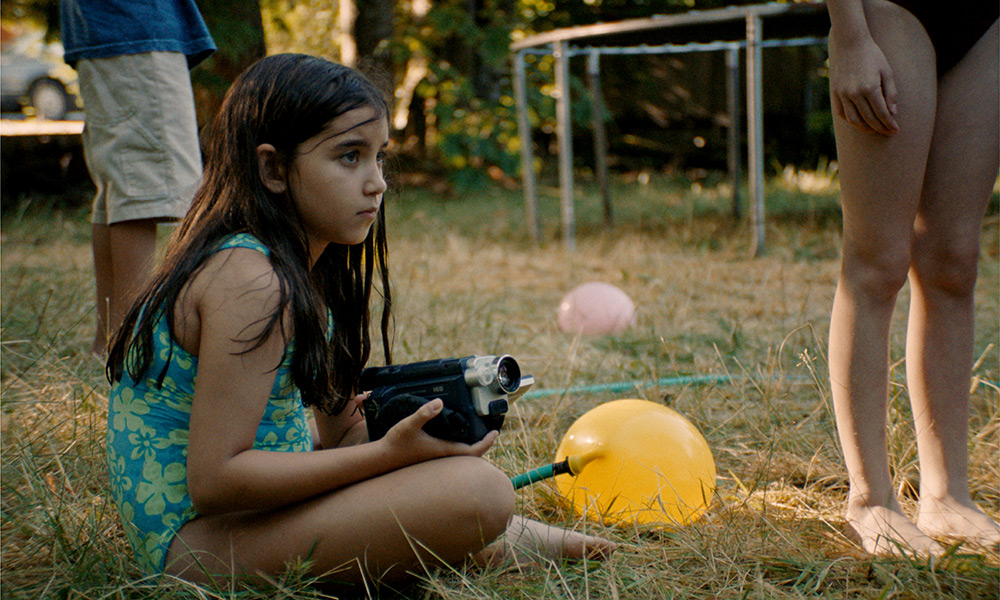
The meta invocation of filmmaker-as-character recurred in several of the fiction films at Locarno. Another writer’s block story, Sho Miyake’s From Hibi to Tibi (2025) moves between a screenwriter’s travails and those of her characters, a series of left turns playfully toying with the notion of narrative a la Hong, whose unmatched influence could be felt across multiple films at this year’s festival. But the most powerful instance of a filmmaker stepping into their own story was Sophy Romvari’s feature debut Blue Heron (2025). Expanding on the autofictional world of her popular short-form work, Romvari tells a fuller story of a troubled child’s impact on a family, framed through her own artistic attempts at understanding. From the perspective of a young girl named Sasha, we witness a Hungarian-Canadian family anguished by an eldest son’s mercurial behavior, pitched with graceful but impressively stylized foreboding against the natural backdrop of Vancouver. Midway through, via a poetic narrative maneuver, the adult Sasha—now a filmmaker—intervenes directly in her own history. The camera sinks like an anchor of understanding into this universe: whether through the child Sasha’s camcorder and her father’s dark-room photography, the adult Sasha’s documentary lens, or Romvari’s own blunt tool for wading through the murky past. Shaping both what we notice and how we process memories, it is fundamentally a tool of attention.
The Locarno Film Festival took place August 6-16 in Locarno, Switzerland.
